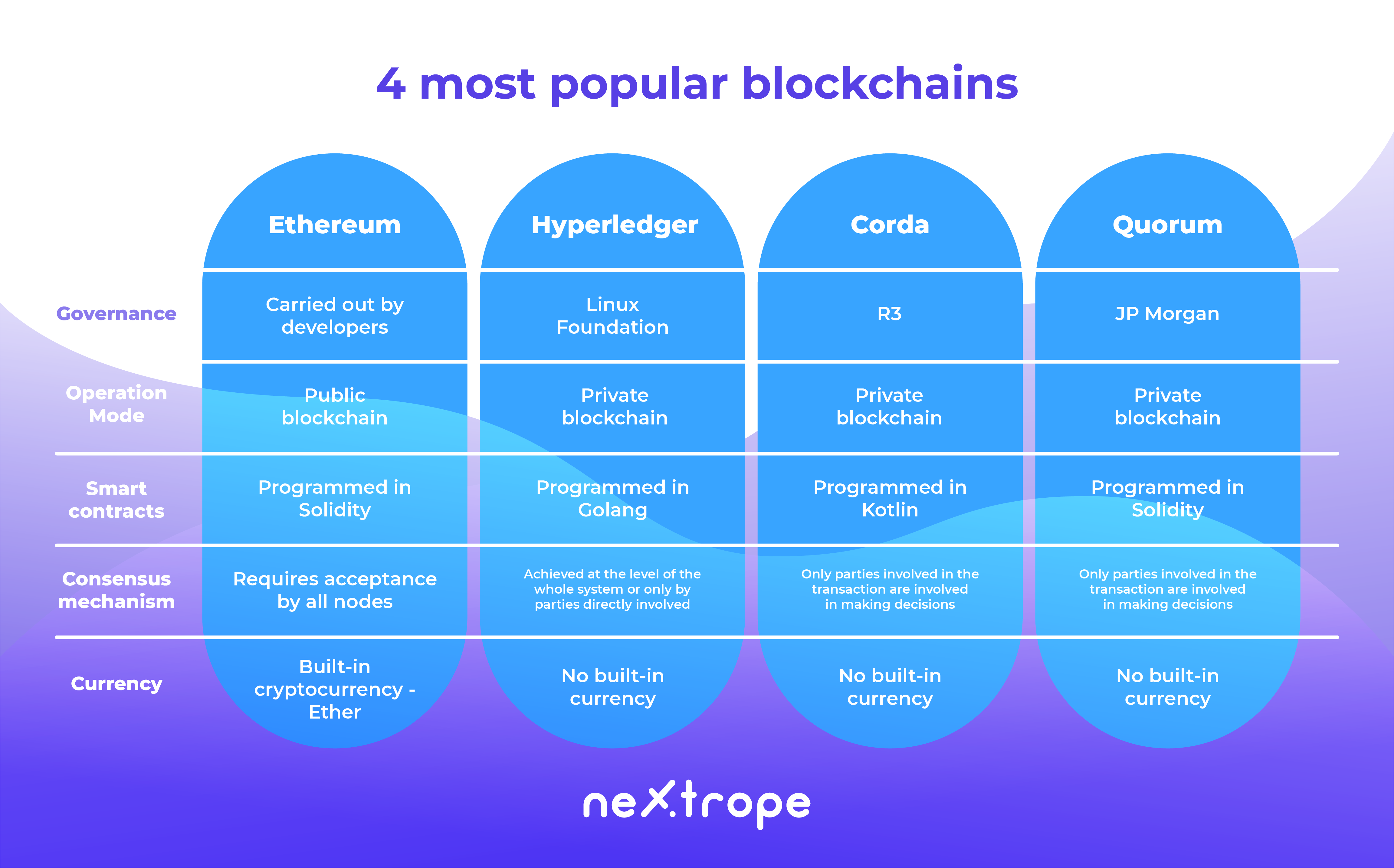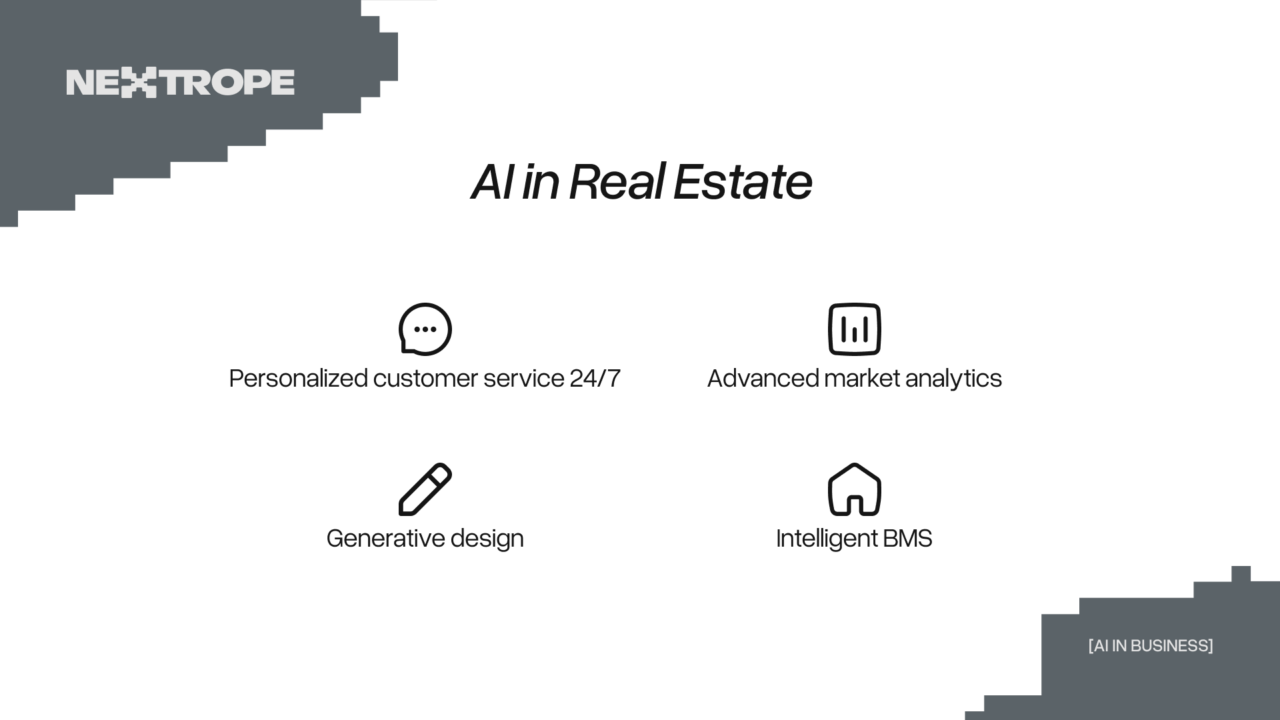One of its many current applications for blockchain is more efficient and effective distribution of products, which can permanently change the world of supply. Some companies working in the supply chain show what the future of blockchain distribution can look like - for example IBM Food Trust or TradeLanse.
In addition to the transfer of goods and services, supply chains also transport information. They often cause unnecessary costs and misunderstandings, contributing to poor company performance. The technological solution that is able to prevent this is blockchain. It can not only provide a much better level of cybersecurity in the distribution of goods and increase efficiency, but also give customers all the information they need.
Easily accessible and reliable data
Transparency is also one of the main advantages of this technology - since we are dealing with a common database, they are easily accessible to parties involved in all kinds of transactions. Moreover, once the data has been created, it cannot be deleted or changed, which makes it even more reliable.
Fraudulent transactions, counterfeiting and theft of goods are among the biggest problems of outdated, traditional means of product distribution. Any of these can be solved by using blockchain technology. On the one hand, it protects buyers and sellers with intelligent contracts, storing funds until all parties are able to verify the reliability of the transaction. Once it has been finalised, the authenticity of the purchased product can be automatically verified, and in the absence of confirmation, its route can be traced.
Even without suspicion of the originality of the goods, each product is observed from the moment it is entered into the system, through all transactions, to delivery to the customer. If a duplicate or unauthorized transaction occurs, it will be automatically verified. When using blockchain, it is not possible to falsify a payment transaction, records, storage conditions, delivery dates or dates.
IBM Food Trust and TradeLanse platforms
Although the advantages of this technology sound great, a profound transformation of the way products are distributed, eliminating outdated systems, will not happen overnight. Some supply chain companies are showing what the future of blockchain distribution can look like - such as IBM Food Trust and TradeLanse. This is not the first time, of course - over the last few years many companies have started using such systems to improve their daily operations.
- As far as IBM is concerned, what we can boast about is the we.trade platform, which operates in the context of trade finance on financial markets - says Maciej Jędrzejczyk CEE Blockchain Leader at IBM - It radically reduces transaction costs between small and medium-sized enterprises that want to trade with each other in the European space. At the moment, 14 commercial banks are attached to this platform and they function as interfaces for end users - enterprises.
Another solution that is indicated is the IBM food trust platform for food tracking. Thanks to the use of GSI standard and blockchain technology, all parties involved in the functioning of the food supply chain have full insight into every event.
- Of course, there are other platforms, such as TradeLanse, which tracks containers transported by sea - he adds. - We initially established it with the company Maersk, which handles the bulk of sea transport in the world. But at the moment Maersk is no longer the leader of the platform, many more players have appeared on it, together representing about 85% of the global market. So de facto, it has become the standard for digitising the flow of information and preserving it in a secure repository for already 160 commercial and state entities worldwide.
This technological solution can be used for the transport of valuable products, electronic products as well as everyday items. From medicines to electronic components - in any case, blockchain solutions can provide a permanent product register and secure verification.
 en
en  pl
pl 












